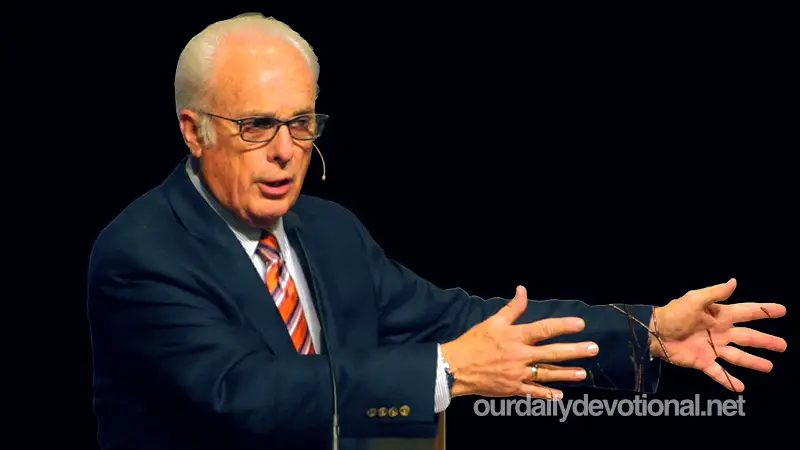(Gr. form of Hebrew "Judah").
The author of the epistle (Jude 1) is designated simply as "James' brother," a possible allusion to James, the author of the epistle of James and authority of the Jerusalem church.
In that case, Judas would be the brother of the Lord, and not the apostle. The mention of the name of Judas among the Lord's brothers seems to be a corroboration of these deductions (Mt. 13:55; Mark 6:3). Jud. 17 also seems to imply that the author did not belong to the group of apostles.
We know nothing about this Judas, except that the Lord's brothers did not believe in Him during his earthly life (John 7:5), but that they became his disciples after his resurrection (Acts 1). :14).
According to Hegesippus (about 110-180 AD) cited by Eusebius (Ecclesiastical History 3:20) two grandsons of Judas, the brother of the Lord, appeared before the emperor Domitian, because they were of Davidic lineage. They were released as harmless people.
This account confirms the logical deduction of 1 Cor. 9:5, by which Judas would be married. The quote from Eusebius implies that Judas died before 80 AD. c.
The Epistle of Jude says of its author that he is "a servant (or "slave") of Jesus Christ" (Jude 1). It is very generally addressed "to those who are called, sanctified in God the Father, and kept in Jesus Christ" (Jude 1).
Judas' vocabulary is strongly marked by Christian terminology. Among Greek-speaking Christians, certain terms had already acquired a precise and recognized meaning, especially thanks to the teachings of Paul's writings. Judas also gives evidence of knowing the language of the LXX thoroughly.
Three examples are given in the epistle to show how apostasy had been punished in the past:
(A) Some of those who had been saved from Egypt were, however, destroyed.
(B) Fallen angels are kept in eternal chains for judgment.
(C) Sodom and Gomorrah are under the effect of judgment.
Later, the slanderers are shamed by the example of the conduct of the archangel Michael, who when he was fighting against Satan for the body of Moses, did not curse him, but said: "The Lord rebuke you" (Jude 9).
Three stages of departure from the path of truth are mentioned, with an “Alas!” about those who are in this condition:
(A) The way of Cain: the nature and will of man, with his hatred against the people of God (cf. 1 Jn. 3:12).
(B) Balaam's error for reward, or ecclesiastical corruption (cf. Rev. 2:14).
(C) The contradiction of Korah, opposition to the kingship and priesthood of Christ (cf. Num. 16). Such are doubly dead, by nature and apostasy, and are reserved for eternal darkness.
The reason for these exhortations was the emergence of a heresy with immoral and dangerous tendencies by which the readers of Jude could find themselves in danger.
It is possible that it was a false doctrine analogous to the nascent Gnosticism refuted by the Pastoral Epistles and the Apocalypse (Jude 3, 4, 10, 15, 16, 18).
The epistle of Jude warns believers against the various types of basic error mentioned above. Jude exhorts Christians to persevere in the faith that has been given to them once and for all.
He exhorts them to resist those who, pretending to be believers, have actually forsaken the Lord. After indicating the recipients (Jude 1, 2), the author indicates the theme of the epistle (Jude 3, 4), then indicating the punishment that the false doctors will suffer (Jude 5-16).
Jude then explains what the behavior of true Christians should be in such circumstances (Jude 17-23). He concludes with a magnificent doxology to the glory of the Savior God (Jude 24, 25).
The early Church Fathers do not mention this epistle in a formal way, undoubtedly because of its brevity. Towards the end of the 2nd century, it was fully used in churches, both Greek and Latin.
The epistle is found in the Vetus Latina version and in the Muratori fragment list. Clement of Alexandria, Tertullian and later Origen mention it as Judas. It is evident that this epistle was part of the NT canon from the beginning.
It is generally alleged that Jud. 14 is a quote from the apocryphal book of Enoch. However, there is no evidence that Jude cited this book.
There is, yes, a certain correspondence in language between the prophecy of the patriarch Enoch cited by Jude in verse 14 and that incorporated in the apocryphal book of Enoch, but the content is radically different.
In the book of Enoch the text says: "Behold, He comes with myriads of His saints, to execute judgment on them, and to destroy the wicked, and to rebuke all the carnal for all that the sinners and wicked have done and committed against Him."
There is no reason to doubt that both passages refer to the same prophecy, but there is also no evidence that one was copied from the other. There is nothing about what ungodly sinners have spoken of in the book of Enoch, nor is the expression "destroy the wicked" used in Jude.
The phraseologies are different. But the book of Enoch also states that God comes to execute judgment on his saints. This is the doctrine of the book of Enoch, which states that judgment “will come upon all, even upon all the righteous.” Furthermore, there is the question of the date of writing of the book of Enoch, which appears to be after the Epistle of Jude.
Meaning of JUDAS (Epistle)
(Gr. form of Hebrew "Judah").
The author of the epistle (Jude 1) is designated simply as "James' brother," a possible allusion to James, the author of the epistle of James and authority of the Jerusalem church.







